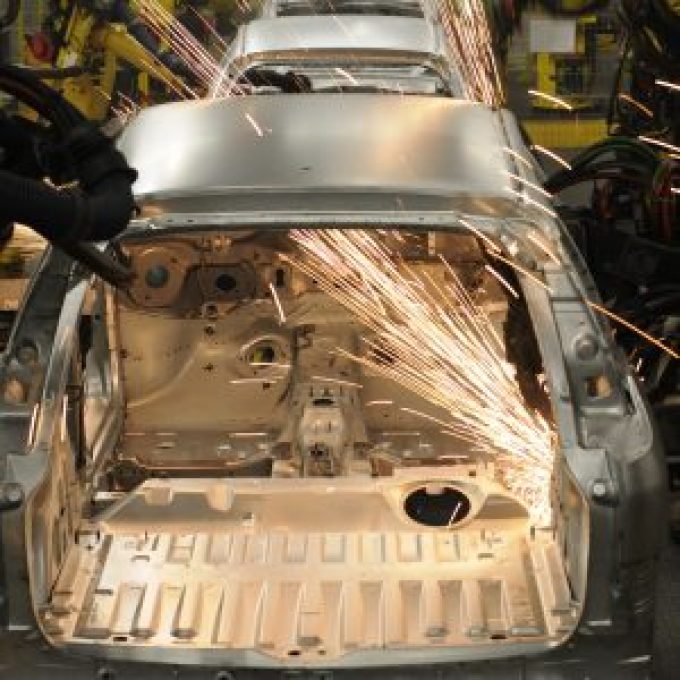
Transport Intelligence Report: Automotive & Supply Logistics 2018
About the Automotive Supply Chain and Logistics 2018 report:
Automotive Supply Chain and Logistics 2018 offers a comprehensive view of the past, present and future of the automotive logistics sector.
With the introduction of electric vehicles and autonomous systems almost imminent, the impact on both supply chain management and logistics will be profound. However, there are many other significant issues affecting the industry, all of which are dealt with in Automotive Supply Chain and Logistics 2018.
What are the major factors affecting the global automotive industry in 2018 and beyond?
- -Powertrains are evolving rapidly. For the first time in a century there are serious alternatives to the internal combustion engine.
- -Guidance is becoming automated, with ‘active cruise control’ and ‘collision avoidance’ systems being used as the basis for wider capabilities in semi-autonomous vehicles.
- -There is continued rapid expansion in emerging markets. If measured by numbers of cars sold, China is now the largest market.
- -The aftermarket appears to be maturing structurally in developed economies, whilst growth is explosive in emerging markets.
- -Automation is increasingly used at assembly plants, changing the design of line feed and consolidation operations.
- -The nature of assembly and production is being transformed by the demands of new technology. Automotive supply chains will come to more closely resemble those of the high tech sector, not least through globalized networks of supply.
- -Brexit and the renegotiation of NAFTA will provide additional challenges to the movement of automotive components in Europe and North America.
What impact will these factors have in the development of new supply chain strategies?
- -Supply chain geography is changing. Vehicle manufacturers now have a large proportion of their production capacity located in China, with other emerging markets (such as India) growing in importance.
- -The nature of product in the supply chain will change, as new types of engineering transform the economics of the sector. Supply chains will become more globalized for some components such as electronics, increasing pressure on air and sea freight operations and performance.
- -Challenges in distributing products to emerging markets will also place additional pressure on logistics providers.
- -Collision avoidance systems will ultimately reduce the amount of ‘crash’ spare parts needed and electric vehicles will have a fraction of the parts of a traditional engine impacting significantly on the aftermarket.
In addition to these fundamental issues, Automotive Supply Chain and Logistics 2018 provides in-depth profiles of the supply chain and logistics strategies of 12 major vehicle manufacturers, 15 leading automotive logistics service providers as well as market sizing and forecasting.
This report contains
- -In-depth analysis of the major factors affecting the global automotive industry in 2018 and beyond
- -Supply chain and logistics strategies of 12 vehicle manufacturers, including the top 10 by production
- -Profiles of 15 leading automotive logistics providers
- -Market sizes for 2015, 2016 and 2020
- -Global, regional and country-level figures
- -Growth rates for 2016 and CAGR forecasts to 2020
- -Segmentation by inbound, finished vehicle logistics and spare parts logistics.
The report is available to download today – if you would like a sample please click here

